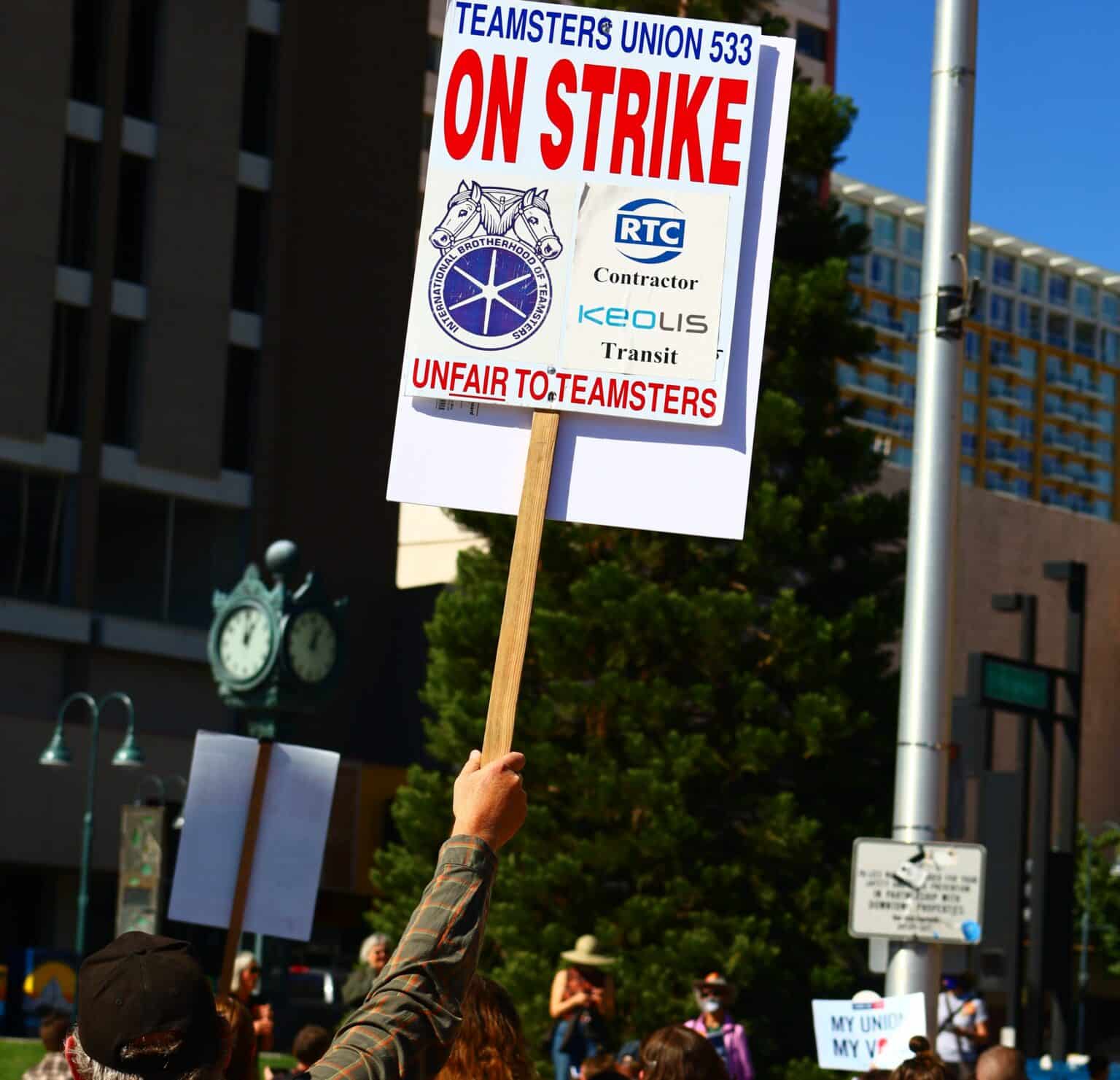The Labor Department reported Wednesday that more than 120,000 U.S. workers went on strike or stopped working in 2022.
The workers’ actions, amid the tightest labor market since 1969, marked a 50% increase from 2021 when 80,700 workers walked out—which was a four-fold increase over 2020 when the economy shut down and only 27,000 employees voluntarily stopped working.
Almost all of the work stoppages in 2022 occurred in the service industries, with the highest concentration occurring in education and healthcare.
“The education and health services sector accounted for the idling of 106,300 workers, the educational services sector for 69,500 workers, and the health care and social assistance sector for 36,800 workers,” the Labor Department said in a statement.
This year, meanwhile, following a three-day strike in January by some 7,000 nurses at two New York City hospital systems, nurses across the country warned that it’s just a matter of time before they and other frontline hospital workers—understaffed and overworked as a result of the Covid pandemic—walk the picket line.
The Labor Department only records strikes and stoppage that involve at least 1,000 workers. The Cornell School of Industrial and Labor Relations keeps tabs on smaller strikes. Its data found a total of 224,000 workers took part in work stoppages in 2022.
The work stoppages occurred even as the Bureau of Labor Statistics released data in January showing union membership in the U.S. had dropped to a record low of just 10.1% in 2022—despite a wave of organizing efforts across the country.
Union membership has been steadily falling since the mid-1950s, when one in three workers was a union member. In 1983, roughly 20% of the total workforce was unionized.


